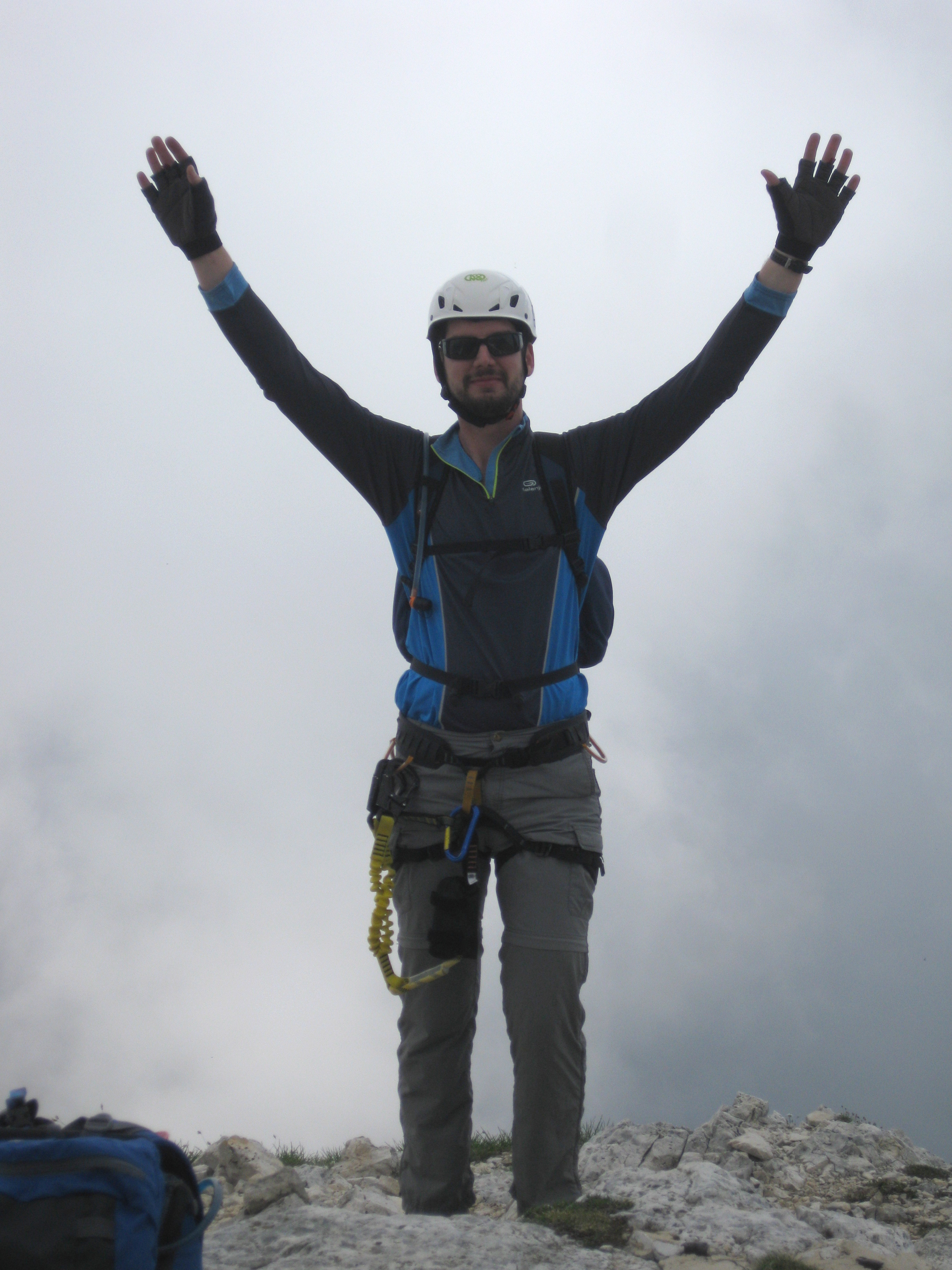Alpine Distress Signal on:
[Wikipedia]
[Google]
[Amazon]
The Alpine distress signal is a


Mountain Rescue Association of Slovenia (GRZS)
{{DEFAULTSORT:Alpine Distress Signal Alps Mountain rescue
distress signal
A distress signal, also known as a distress call, is an internationally recognized means for obtaining help. Distress signals are communicated by transmitting radio signals, displaying a visually observable item or illumination, or making a soun ...
in the case of mountain emergency, an emergency in alpine
Alpine may refer to any mountainous region. It may also refer to:
Places Europe
* Alps, a European mountain range
** Alpine states, which overlap with the European range
Australia
* Alpine, New South Wales, a Northern Village
* Alpine National Pa ...
areas. There are also special emergency call numbers, for use with the telephone service by which the emergency services can be contacted.
The Alpine distress signal
The Alpine distress signal was introduced in 1894 on the suggestion ofClinton Thomas Dent
Clinton Thomas Dent FRCS (7 December 1850 – 26 August 1912) was an English surgeon, author and mountaineer.
Early life
The fourth surviving son of Thomas Dent, he was educated at Eton College and Trinity College, Cambridge.
Alpinism
Alongsi ...
and was soon adopted internationally.
The Alpine distress signal traditionally consists of a signal by blasts from a whistle (may also be an air horn), which is repeated six times in the minute (every ten seconds). It is to be repeated after one minute of break in same manner.
The reply to such a signal is given with three successive indications per minute and likewise repeated after one minute of break. Thus it can be confirmed to the person/party in trouble that its distress signal was received.
Whoever receives distress signals, should confirm and alert the emergency services.
The distress signal can also be a sound, light, or visible signs:
*Audible signals: e.g. loud calling, whistles, yodeling
Yodeling (also jodeling) is a form of singing which involves repeated and rapid changes of pitch between the low-pitch chest register (or "chest voice") and the high-pitch head register or falsetto. The English word ''yodel'' is derived from the ...
(Deep tones are audible over a long distance.)
* Optical signals: e.g. blinkers, sunlight mirrors, flare
A flare, also sometimes called a fusée, fusee, or bengala in some Latin-speaking countries, is a type of pyrotechnic that produces a bright light or intense heat without an explosion. Flares are used for distress signaling, illumination, ...
s, flames
* Visible signs with remarkable articles of clothing, branches, smoke
Smoke is a suspension of airborne particulates and gases emitted when a material undergoes combustion or pyrolysis, together with the quantity of air that is entrained or otherwise mixed into the mass. It is commonly an unwanted by-product ...
, etc.
Any abuse of emergency signals may lead to prosecution.
Ground to air signaling
To communicate with a helicopter in sight, raise both arms (forming the letter Y) to indicate "Yes" or "I need help," or stretch one arm up and one down (imitating the letter N) for "No" or "I do not need help". Ifsemaphore flags
Flag semaphore (from the Ancient Greek () 'sign' and - (-) '-bearer') is a semaphore system conveying information at a distance by means of visual signals with hand-held flags, rods, disks, paddles, or occasionally bare or gloved hands. Informa ...
are available, they can possibly be used to communicate with rescuers. This is important if the helicopter is searching for a missing party to avoid confusion.


See also
*International Commission for Alpine Rescue
The International Commission for Alpine Rescue (ICAR) is an international association of mountain rescue organization. Founded in 1948, ICAR is headquartered in Kloten, Switzerland
). Swiss law does not designate a ''capital'' as such, but ...
External links
Mountain Rescue Association of Slovenia (GRZS)
{{DEFAULTSORT:Alpine Distress Signal Alps Mountain rescue